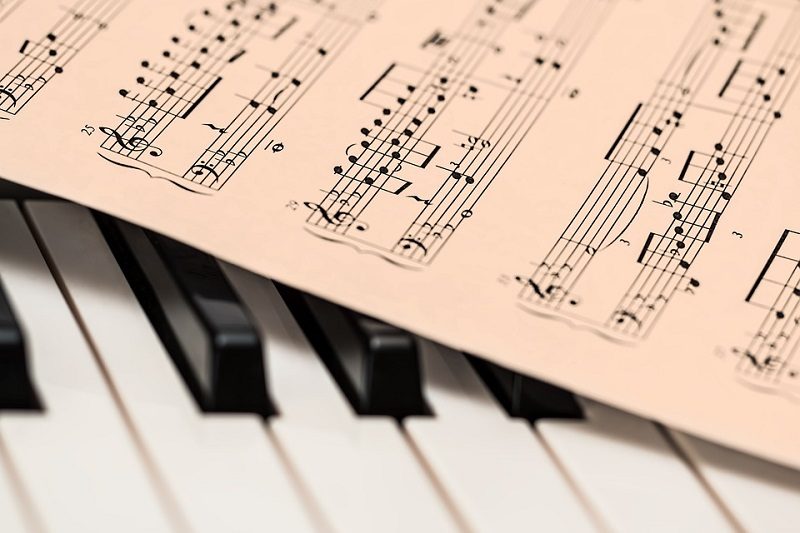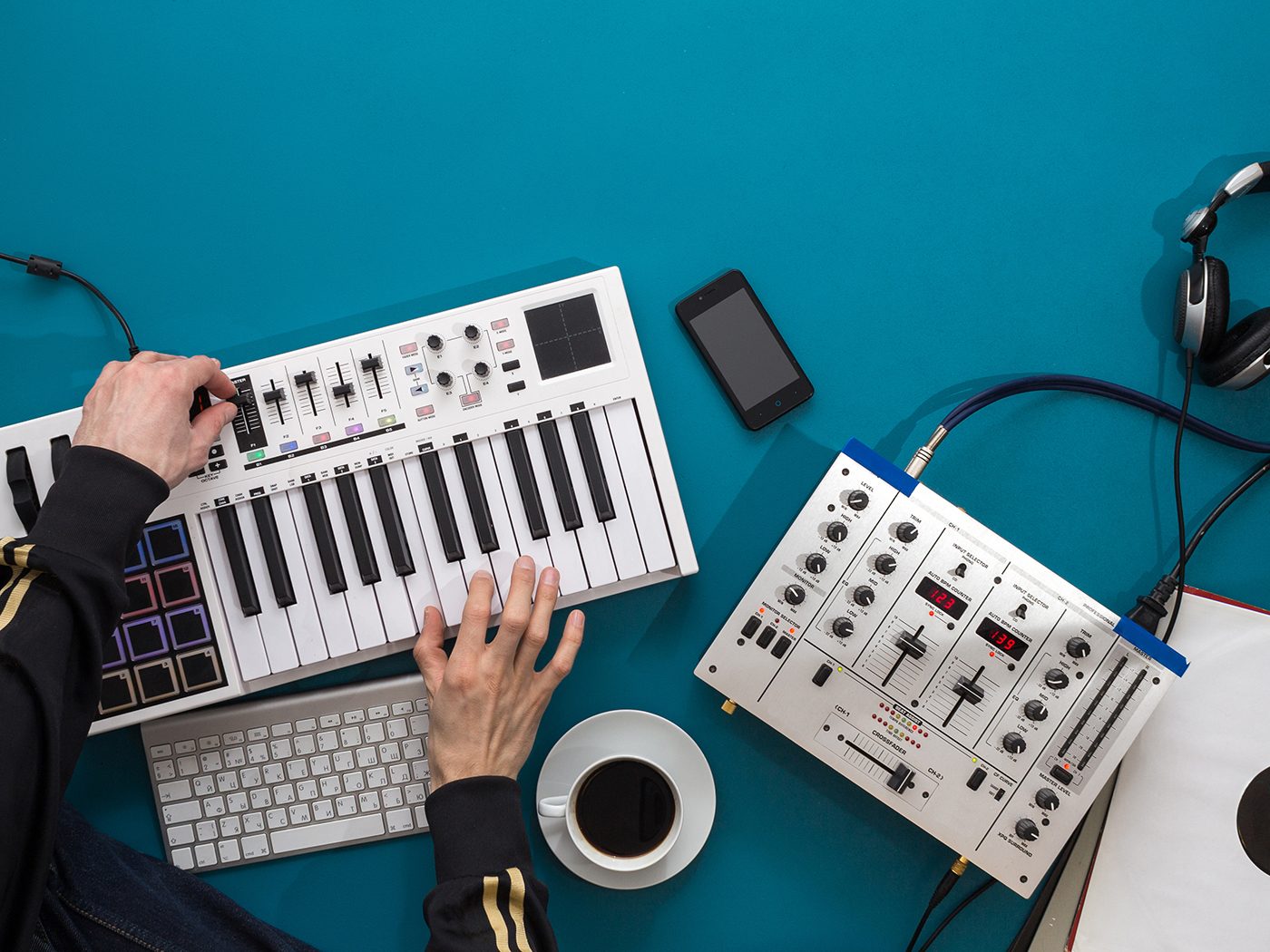Rhythm is one of the fundamental aspects of music theory.
To make great harmonies and melodies you should know how rhythm works and how it is used in your tracks.
Rhythm can get difficult very quickly, but if you learn a few simple concepts it’s not as hard to understand as you may think.
In this guide, we’ll unpack everything you need to know about rhythm and start applying rhythmic or polyrhythmic concepts in your creative process.
You’ll know how we subdivide rhythms in music, how time signatures work, and how to begin understanding compound and odd time.











